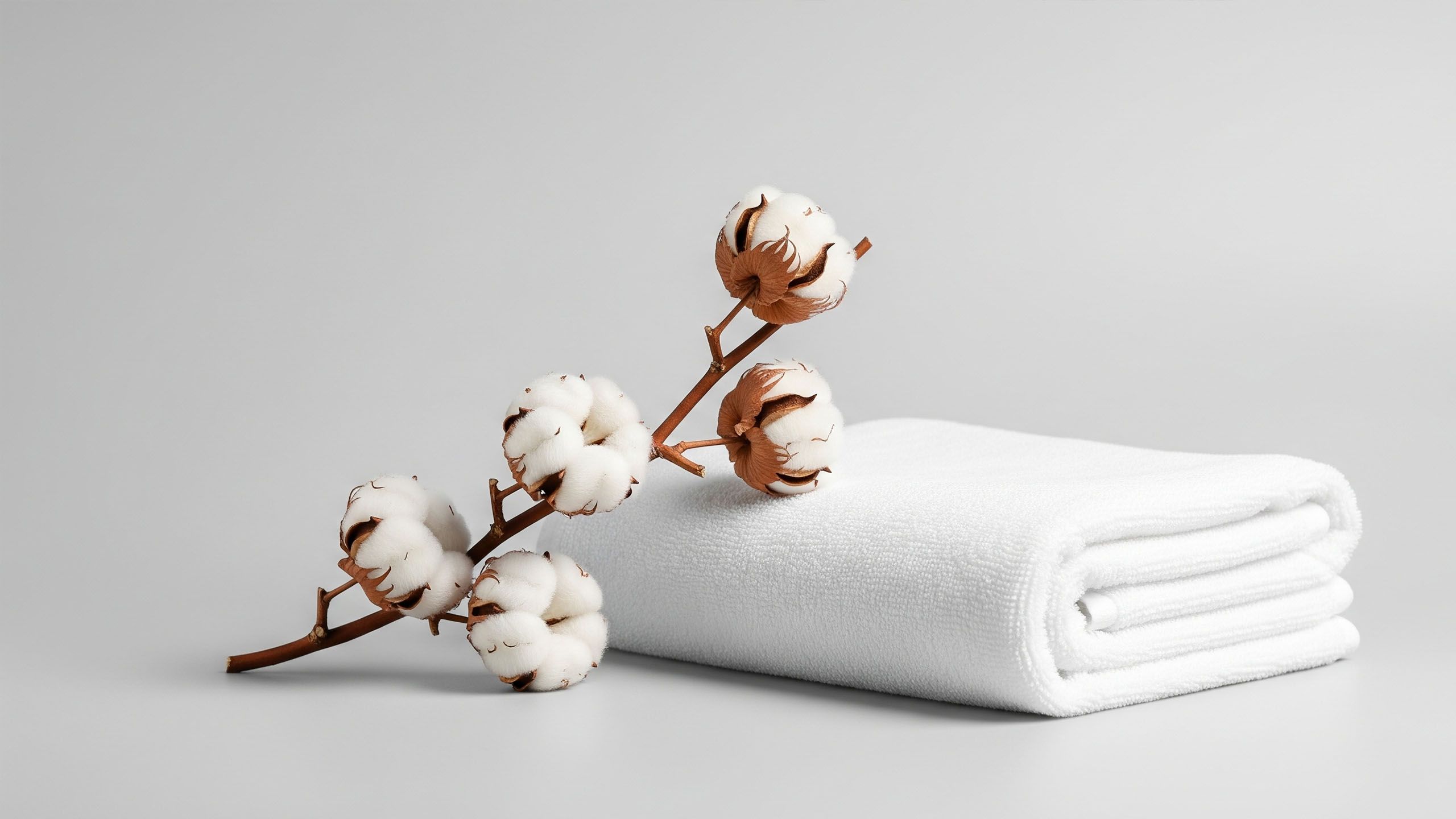Harnessing Touch and Temperature for a Calmer Nervous System

In our fast-paced lives, it's common to feel wound up, anxious, or simply "on edge." This feeling is often a sign that our nervous system is working in overdrive. While we often think of calming our minds with thoughts, we have powerful, direct tools at our disposal: our physical senses. By intentionally using touch and temperature, we can communicate directly with our body's internal control center and guide it back to a state of balance.
Your Body's Two Speeds: An Introduction to the Nervous System
Think of your autonomic nervous system as having two primary modes. The first is the sympathetic nervous system, your body's "gas pedal." It's responsible for the "fight-or-flight" response, preparing you for action by increasing your heart rate, sharpening your focus, and releasing adrenaline. This system is essential for handling genuine threats and meeting deadlines.
The second is the parasympathetic nervous system, or the "brake pedal." This is your "rest-and-digest" mode. It slows the heart rate, aids in digestion, and promotes recovery and relaxation.
Many of us spend too much time with the gas pedal pushed down, leading to feelings of chronic stress and anxiety. The practice of nervous system regulation is about learning how to consciously apply the brakes, and sensory input is one of the most effective ways to do it.
The Grounding Effect of Touch
Our skin is our largest organ, covered in millions of nerve receptors that constantly send information to the brain. Certain types of touch can signal safety to the brain, activating the parasympathetic nervous system.
Self-Care Routines Using Touch:
-
Firm, Gentle Pressure: Placing a hand over your heart or abdomen and applying gentle, steady pressure can be profoundly calming. You can also try giving yourself a hug, wrapping your arms around your torso and squeezing gently. This sense of containment can help reduce feelings of being overwhelmed.
-
Mindful Self-Massage: You don’t need special training to benefit from self-massage. Simply take a few moments to massage your hands, feet, or neck. Focus on the physical sensation—the pressure of your fingers and the texture of your skin. This brings your attention away from racing thoughts and into the present moment.
-
Weighted Objects: The comforting pressure from a weighted blanket or a heavy lap pad provides something called Deep Pressure Stimulation (DPS). This type of pressure has been shown to encourage the release of serotonin and dopamine, neurotransmitters that contribute to feelings of well-being, while reducing the stress hormone cortisol.
The Reset Button of Temperature
Temperature changes provide a potent signal to the nervous system, capable of creating a "pattern interrupt" when you feel stuck in a cycle of anxiety or stress.
Self-Care Routines Using Temperature:
-
The Power of Cold: When you feel panicked or intensely anxious, cold can be a fast-acting tool. Immersing your face in a bowl of cold water or simply splashing it on your face can trigger the "mammalian diving reflex." This is a physiological response that instinctively slows the heart rate and redirects blood flow to the essential organs, creating a near-instant calming effect. Holding an ice pack to your wrists or the back of your neck can achieve a similar result.
-
The Comfort of Warmth: Warmth generally promotes relaxation and feelings of safety. A warm bath or shower can relax tense muscles and soothe the nervous system. Holding a warm mug of tea or coffee between your hands can be a simple grounding ritual. Similarly, a warm compress placed on your shoulders or abdomen can help release physical tension, signaling to your body that it's okay to relax.
| Technique Type | Goal / Use Case | Examples |
|---|---|---|
| Cooling (Temperature) | Interrupting acute stress, anxiety, or panic. Fast-acting reset. | Splashing cold water on face; holding an ice pack on wrists or neck. |
| Warming (Temperature) | Promoting general relaxation, comfort, and muscle release. | Warm bath or shower; holding a warm mug; using a warm compress. |
| Firm Pressure (Touch) | Creating a sense of safety, containment, and grounding. | Self-hug; hand on heart/abdomen; using a weighted blanket. |
| Mindful Massage (Touch) | Bringing awareness to the body and away from racing thoughts. | Massaging hands, feet, or neck; focusing on the sensation. |
Putting It Into Practice
Integrating these techniques doesn't require a significant time commitment. The key is to notice when you're feeling dysregulated and have a few simple tools ready.
-
When feeling scattered: Try placing a hand on your heart and taking three deep breaths.
-
When feeling anxious: Try running your hands under cold water or stepping outside for a moment if the air is cool.
-
When needing to unwind: End your day with a warm shower or by sipping a warm, non-caffeinated beverage.
By listening to your body and experimenting with these simple sensory inputs, you can develop a personalized toolkit to help manage your internal state. These practices aren't about eliminating stress entirely, but about building a more resilient and responsive relationship with your own nervous system.
Disclaimer: The articles and information provided by the Vagina Institute are for informational and educational purposes only. This content is not intended to be a substitute for professional medical advice, diagnosis, or treatment. Always seek the advice of your physician or another qualified health provider with any questions you may have regarding a medical condition.


 English
English  Deutsch
Deutsch  Español
Español  Français
Français 



